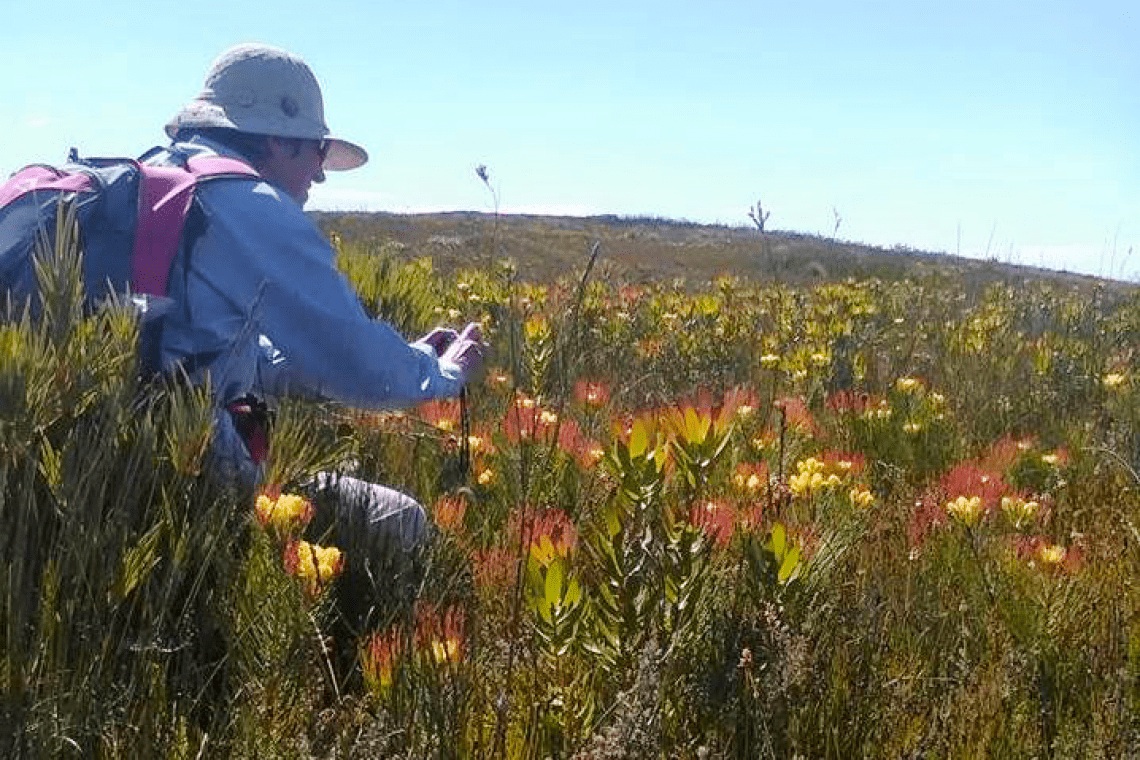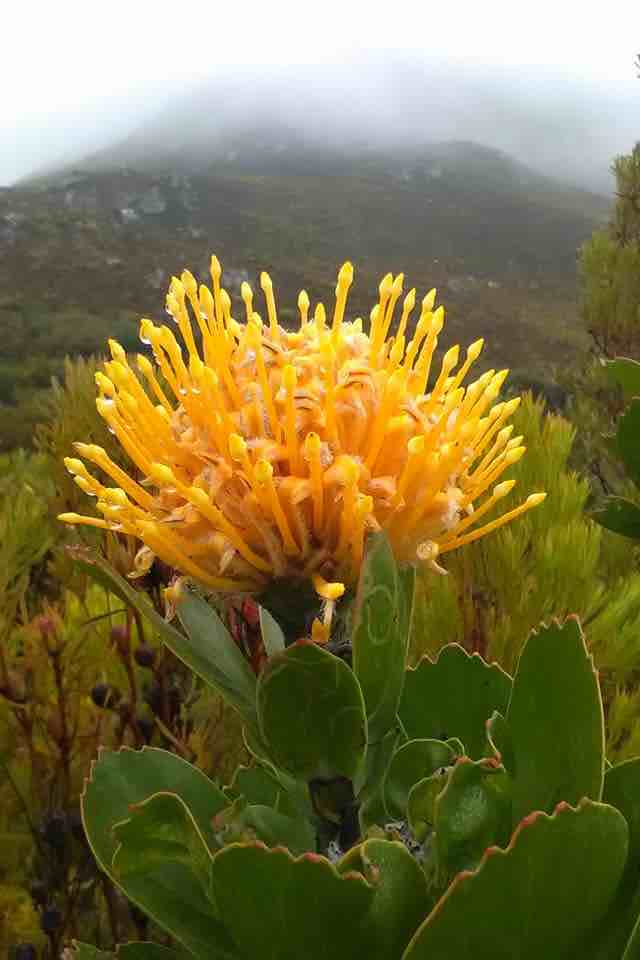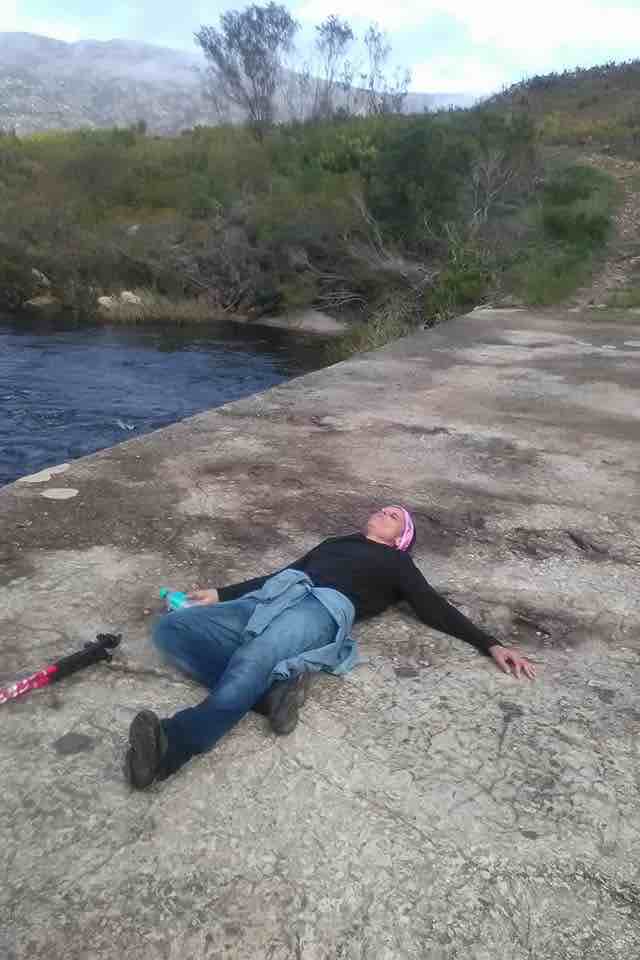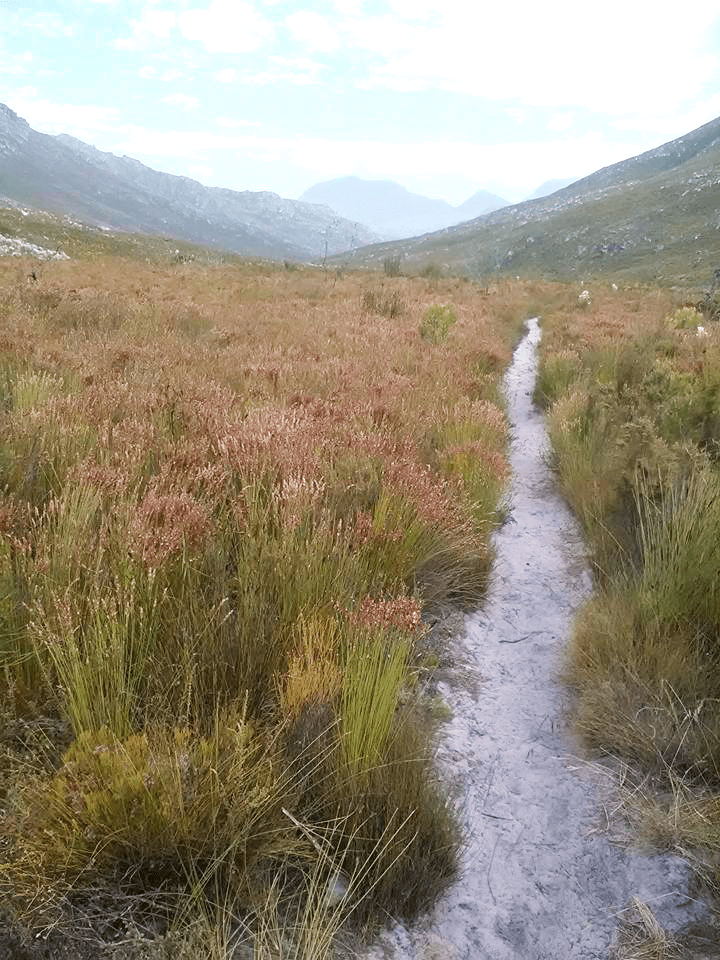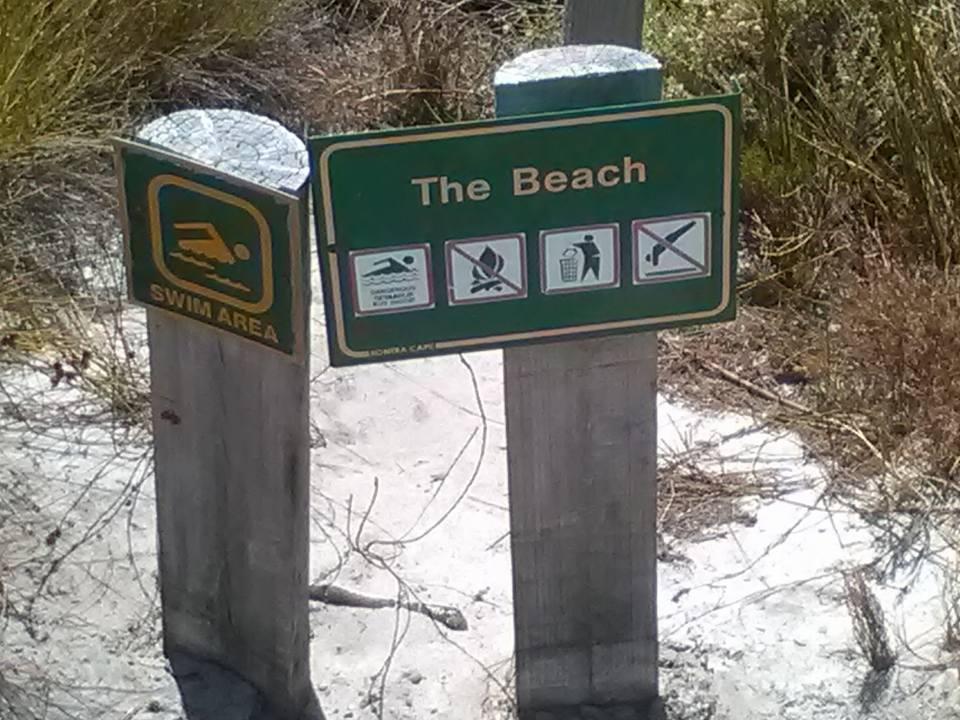I had never heard of Thomas Stokoe until about 3 years ago when I began my excellent hiking adventure with someone who just loves the flora in this area. I got my hands on a book and a map both by Peter Slingsby and happened to read all about a most fascinating botanist.
Key Considerations
- Bring some decent hiking shoes
- Hike not for people with walking difficulty and is not Wheelchair-friendly
- Stay hydrated bring some water or juice, snacks, and maybe coffee
- Remember a hat and sunscreen (rain jacket)
- Check the weather
- Do not leave too late the trail gets extremely hot and humid in summer
- Safety first
Stokoe was different to the other colonial botanists in the late 1800s in that he had no problem going into the great outdoors of the Kogelberg with the flower pickers. He has been a profound influencer for the Cape Floral Kingdom and in his time, along with others, collected more than 20 000 species of which 130 were totally new to science and had about 30 species named after him. As for me, I am fascinated by the adventurist spirit of Stokoe. So, I embarked on a bucket list hike to meander down through the Palmiet River Valley to his final resting place where his ashes were scattered – Stokoe’s Bridge.

This hike is definitely more about endurance than difficulty. In fact, as far as technicalities go, this one is marked EASY. It does, however, span approx. 21,5 km’s and takes a good 6 7hrs there and back. Especially if you enjoy the swim spots along the way.
You park in the car park at Oudebosch office of the Nature Reserve. Make sure to get your free map of the area. Be advised you will need to get a Cape Nature Hiking Permit here at the office. (Various day hikes are available at R50 per adult and R30 per child. Permits may be purchased at the reserve office or bookings can be made via CapeNature Central Reservations office.)
Follow the jeep track until the Palmiet River trail marker that leads off to the right. The path is easy to follow although there are some places where you need to clamber across rocks which in winter are somewhat wet & slippery.
Apart from the vast array of Cape flowers as well as King Proteas the size of dinner plates, you can also keep your eyes open for baboon, buck and there is Cape leopard in the area as well. Still, we only saw the spoor as they are notoriously camera-shy. You will hear the warble and calls of a myriad of bird species, my favourite being the Malachite Sunbirds.
Along the river, there are designated swimming areas where you can cool off. The best one by far is “The Beach”.
About .5km after the beach, you will turn right onto the jeep track and from here you walk 8km to Stokoe’s bridge.
About .5km after the beach, you will turn right onto the jeep track and from here you walk 8km to Stokoe’s bridge.
This track is also popular with mountain bikers. There is no cell phone reception on this trail apart from one spot about 2km from the bridge and has a clearly marked beacon indicating cell phone reception. Do not think you have reached a disappointing end when you come down into the valley onto a small low-level bridge, you need to continue another 150m or so and then you will have reached the bridge. The river is surrounded by canyon cliffs to the left and a large pool to the right of the bridge.
You can click the link to see the video of Stokoe’s final resting place.
https://www.facebook.com/pkissane/videos/10158727192374816/?t=0
You can click the link to see the video of Stokoe’s final resting place.
https://www.facebook.com/pkissane/videos/10158727192374816/?t=0

Patricia KissaneKleinmond
After swapping the fast-paced Jozi corporate train for Kleinmond. I love hiking in the Cape Floral Kingdom. I have an interest in TP Stokoe and hoping to find the scarce Mimetes Stokoe.
Shop for a cause
Conservation Mag is an Amazon affiliate, by clicking on the links to do your shopping you support us without paying anything extra.
Shop on amazon.com | amazon.co.uk
Shop on amazon.com | amazon.co.uk

